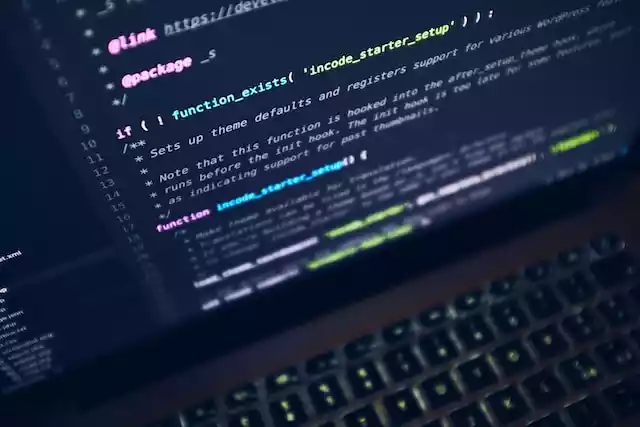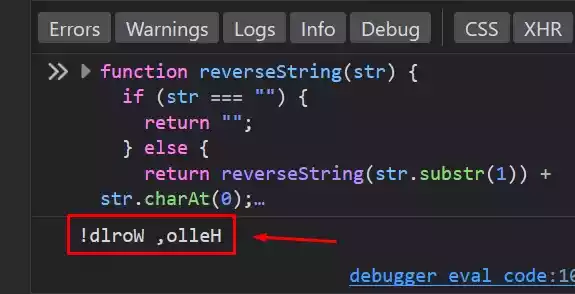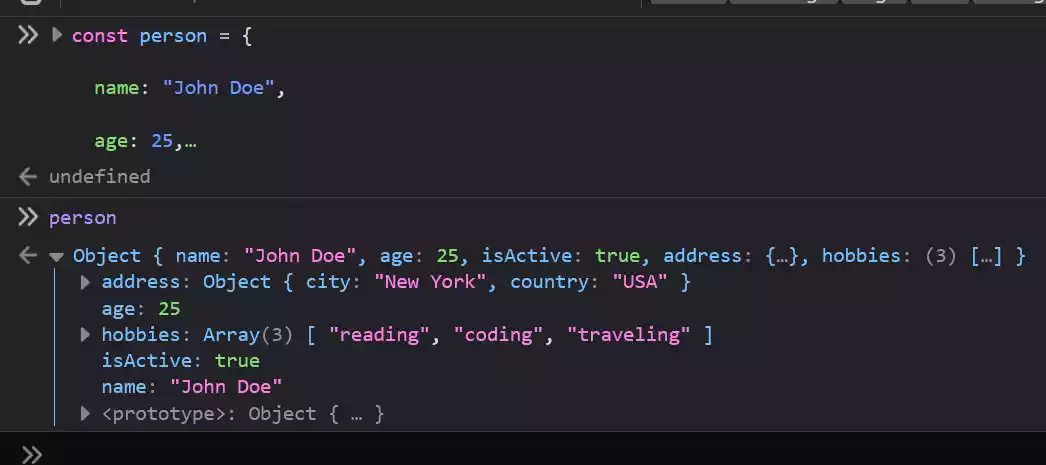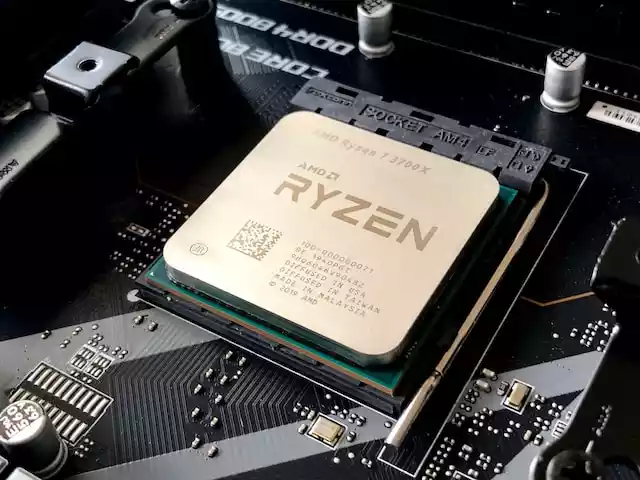What is the Difference Between # and ## in Python?
Python, as a versatile programming language, offers various features to make coding more efficient and readable.
One such feature is the ability to include comments in the code. Comments are lines of text that are not executed by the interpreter and are solely meant to provide additional information or context about the code.
They serve as helpful notes to make the code more understandable to other developers or even to the future self.
In Python, comments are designated with the use of hash symbols (#). However, there seems to be some confusion regarding the use of single hash (#) and double hash (##) symbols for commenting.
In this article, we will look at the difference between the two and clarify the misconceptions.
Table of Contents
Single Hash (#) in Python
In Python, a single hash symbol (#) is used to create single-line comments. When the interpreter encounters this symbol, it ignores the rest of the line.
Single-line comments are perfect for adding brief explanations or notes to a particular line of code.
Double Hash (##) in Python
Contrary to what some may believe, there is no special significance or functionality for double hash symbols (##) in Python.
The use of double hash symbols for comments is not recognized by the Python interpreter.
Instead, the second hash symbol in a double hash (##) is treated as plain text and has no impact on the code.
Therefore, using double hash (##) for commenting serves no practical purpose in Python.
Proper Use of Hash Symbols in Python
To maintain clean and readable code, it is essential to use hash symbols correctly. Always remember that a single hash (#) is the proper way to create comments in Python.
Avoid using double hash (##) for commenting, as it does not offer any advantage over single hash and only adds confusion.
When commenting, follow these best practices:
- Keep comments concise and relevant to the code they explain.
- Use comments to clarify complex or tricky sections of the code.
- Comment on the intention behind the code rather than explaining what the code does.
- Update comments when modifying the code to keep them accurate and up-to-date.
Example Code
# This is a comment
print("Hello, world!")
## This and
# # This are the same, i.e., they are also a comment
In the example above, the first line contains a single-line comment, indicated by the hash symbol (#). The comment provides information about the subsequent line of code.
The second line, with double hash symbols (##), is technically not a comment since the second hash is treated as plain text.
It does not affect the execution of the code and is merely part of the text.
Wrap Up
As a wrap up, the proper way to comment code in Python is by using a single hash symbol (#).
Double hash symbols (##) do not have any special meaning in Python and should not be used for commenting purposes.
By following this convention and adopting best practices for commenting, you can create clean, understandable, and maintainable Python code.
FAQs
- Are comments necessary in Python code?
While comments are not mandatory, they play a crucial role in enhancing code readability and maintainability.
Well-commented code is easier to understand, debug, and modify. - Are there any performance implications of using comments in Python? No, comments have no impact on the performance of your Python code. They are completely ignored by the interpreter and have no effect on the execution time.





